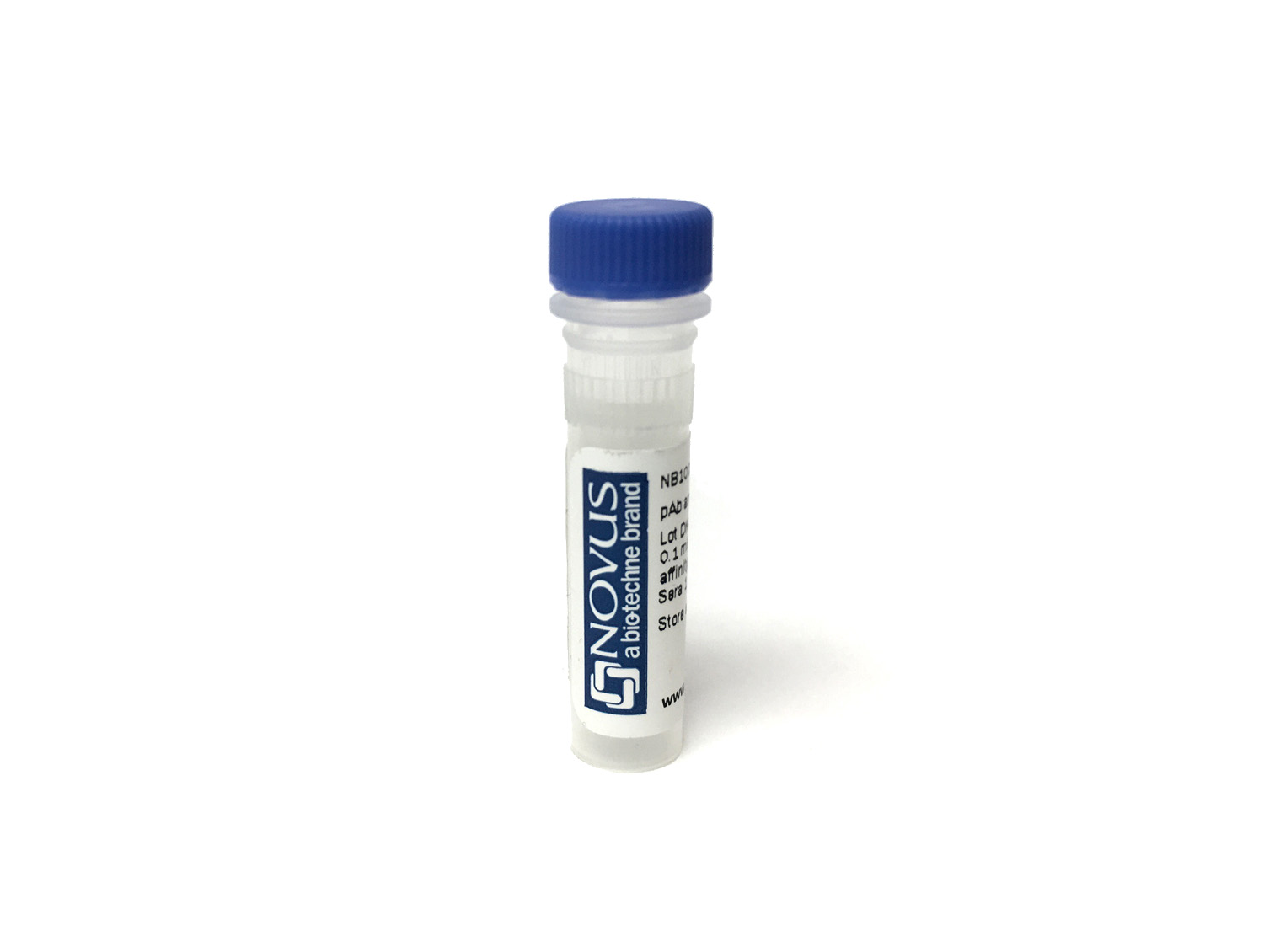GLP-1R Antibody (419208) [DyLight 488]
Novus Biologicals, part of Bio-Techne | Catalog # FAB28141K


Conjugate
Catalog #
Key Product Details
Species Reactivity
Human
Applications
Label
DyLight 488 (Excitation = 493 nm, Emission = 518 nm)
Antibody Source
Monoclonal Mouse IgG2A Clone # 419208
Concentration
Please see the vial label for concentration. If unlisted please contact technical services.
Product Specifications
Immunogen
Baf/3 cell line transfected with human GLP-1R
Accession # P43220
Accession # P43220
Specificity
Detects human GLP‑1R. Stains human GLP-1R-transfected Baf/3 cells but not irrelevant transfectants.
Clonality
Monoclonal
Host
Mouse
Isotype
IgG2A
Formulation, Preparation, and Storage
Purification
Protein A or G purified from hybridoma culture supernatant
Formulation
50mM Sodium Borate
Preservative
0.05% Sodium Azide
Concentration
Please see the vial label for concentration. If unlisted please contact technical services.
Shipping
The product is shipped with polar packs. Upon receipt, store it immediately at the temperature recommended below.
Stability & Storage
Store at 4C in the dark.
Background: GLP-1R
Long Name
Glucagon-like Peptide 1 Receptor
Alternate Names
GLP1R
Gene Symbol
GLP1R
Additional GLP-1R Products
Product Documents for GLP-1R Antibody (419208) [DyLight 488]
Product Specific Notices for GLP-1R Antibody (419208) [DyLight 488]
DyLight (R) is a trademark of Thermo Fisher Scientific Inc. and its subsidiaries.
This product is for research use only and is not approved for use in humans or in clinical diagnosis. Primary Antibodies are guaranteed for 1 year from date of receipt.
